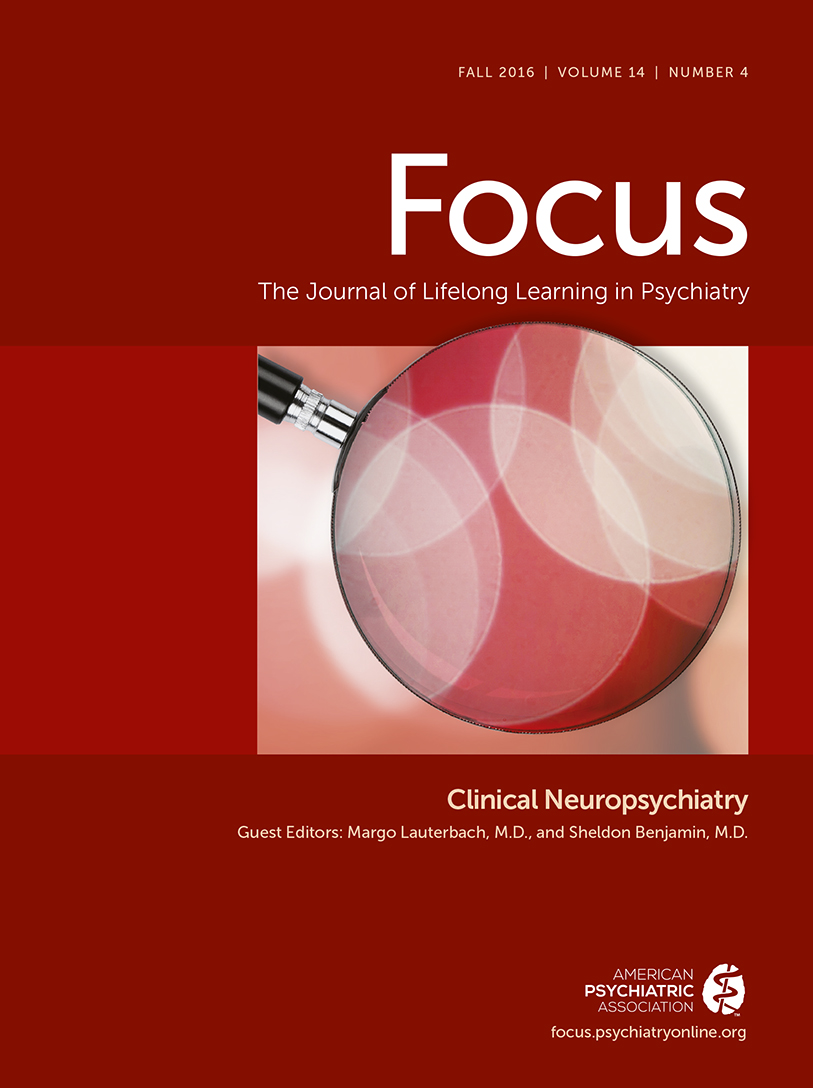Neuropsychological Correlates of Behavioral Symptoms in Alzheimer’s Disease, Frontal Variant of Frontotemporal, Subcortical Vascular, and Lewy Body Dementias: A Comparative Study
Abstract
The aim of this study was to investigate the neuropsychological correlates of behavioral and psychological symptoms (BPSD) in patients affected by various forms of dementia, namely Alzheimer’s disease (AD), frontal-variant frontotemporal dementia (fvFTD), Lewy body dementia (LBD), and subcortical ischemic vascular dementia (SIVD). 21 fvFTD, 21 LBD, 22 AD, and 22 SIVD patients matched for dementia severity received a battery of neuropsychological tests and the Neuropsychiatry Inventory (NPI). The possible association between performance on neuropsychological tests and severity of BPSD was assessed by correlational analysis and multivariate regression. BPSD were present in 99% of patients. Most behavioral symptoms were not related to a particular dementia group or to a specific cognitive deficit. Euphoria and disinhibition were predicted by fvFTD diagnosis. Hallucinations correlated with the severity of visuospatial deficits in the whole sample of patients and were predicted by LBD diagnosis. Apathy, which was found in all dementia groups, correlated with executive functions and was predicted by both reduced set-shifting aptitude and fvFTD diagnosis. The results confirm the high prevalence of BPSD in the mild to moderate stages of dementia and show that most BPSD are equally distributed across dementia groups. Most of the cognitive and behavioral symptoms are independent dimensions of the dementia syndromes. Nevertheless, hallucinations in LBD and euphoria and disinhibition in fvFTD are related to the structural brain alterations that are responsible for cognitive decline in these dementia groups. Finally, apathy arises from damage in the frontal cortical areas that are also involved in executive functions.
(Reprinted with permission from Journal of Alzheimerʼs Disease 2014; 39:669–677)



